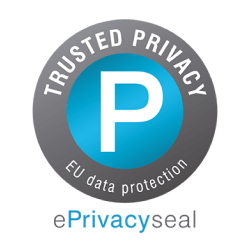Social Proof
Social proof helps potential buyers make decisions by showing them how others engage with a product or service. It taps into the natural tendency to follow the behavior of others, especially when unsure about a choice.
For example, a website might display a banner that says, “120 customers bought this today,” or highlight multiple positive reviews on a product page. These signals reassure visitors that the product is popular and trusted, making them more likely to take action themselves.
Why use Social Proof?
- Show review counts or recent purchases to make visitors more likely to buy, as proven in A/B testing by brands using real-time social proof.
- User reviews, certifications, and expert endorsements validate your offer, removing doubt and boosting credibility with new buyers.
- Timely banners like “Only 3 left!” or “150 today” create urgency and fear of missing out, encouraging checkout and minimizing cart drop-offs.
Social Proof vs. Testimonials
| Feature | Social Proof | Testimonials |
| Definition | Broad concept showing that others approve, buy, or use a product | Specific statements from customers or clients endorsing a product |
| Scope | Includes reviews, ratings, user counts, influencer/celebrity endorsements | Usually a single story, quote, or case study from a satisfied customer |
| Focus | Builds trust by demonstrating overall popularity and validation | Provides personal, detailed proof of value |
| Example | “Over 10,000 customers bought this” or “120 people viewed this item today” | “This product helped me save 5 hours a week!” |
| Best Use | Use to reduce hesitation by showing broad adoption, especially for new visitors or at key decision points | Use to highlight specific user experiences, benefits, or before-after transformations |
FAQs
Showing real-time purchase activity, ratings, and customer reviews builds trust and reduces hesitation, often driving higher conversion rates. Learn how personalization and social proof increase conversions.
The most effective forms include customer reviews, live purchase counters (“200 sold”), and peer activity alerts (“10 people viewing now”). These validate decisions, create urgency, and encourage shoppers to act quickly. Combining multiple types of social proof often drives the strongest results.
Yes. Social proof can be tailored by product or audience segment. For example, trending tech gadgets can showcase recent purchases, while service offerings might use subtler cues like testimonials. With dynamic segmentation, brands can deliver contextually relevant social proof to specific audiences and product categories to increase engagement and drive higher conversion rates.












